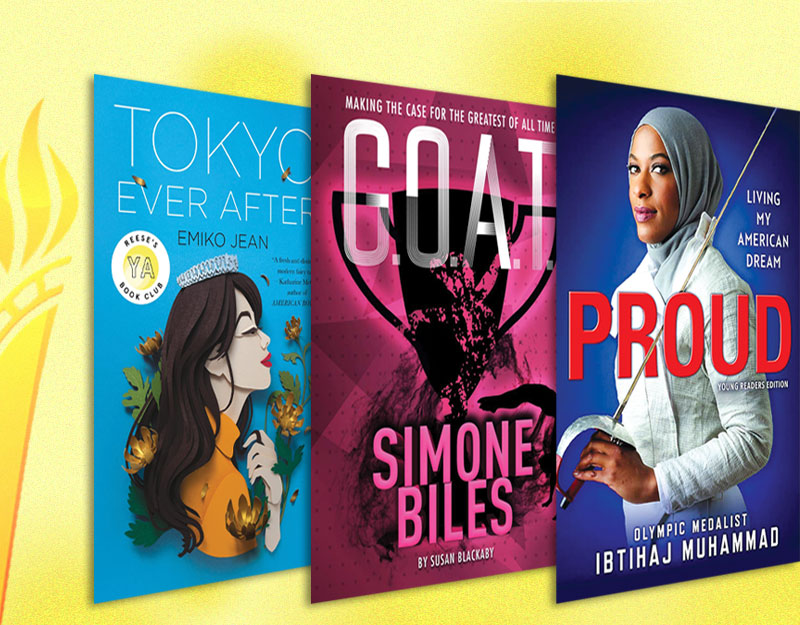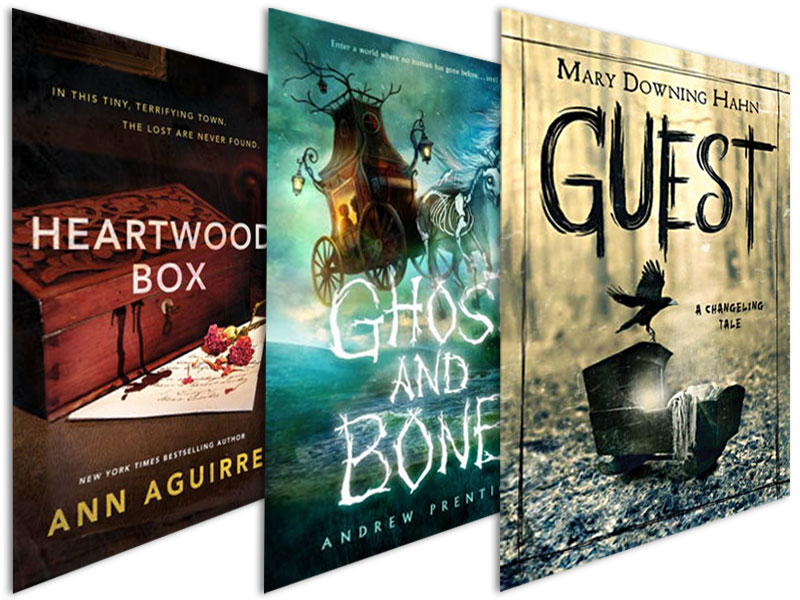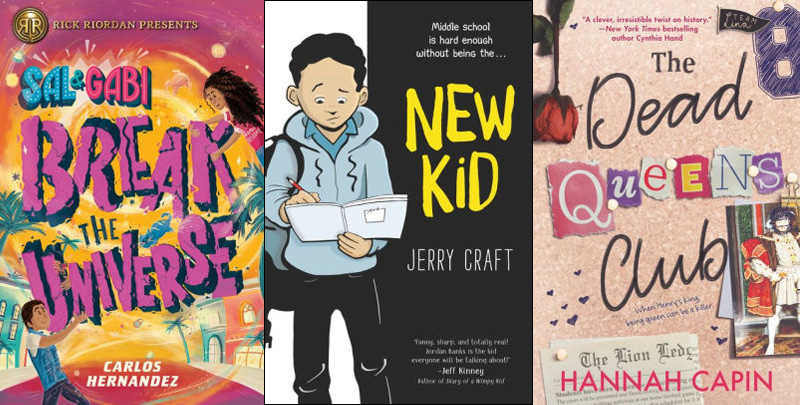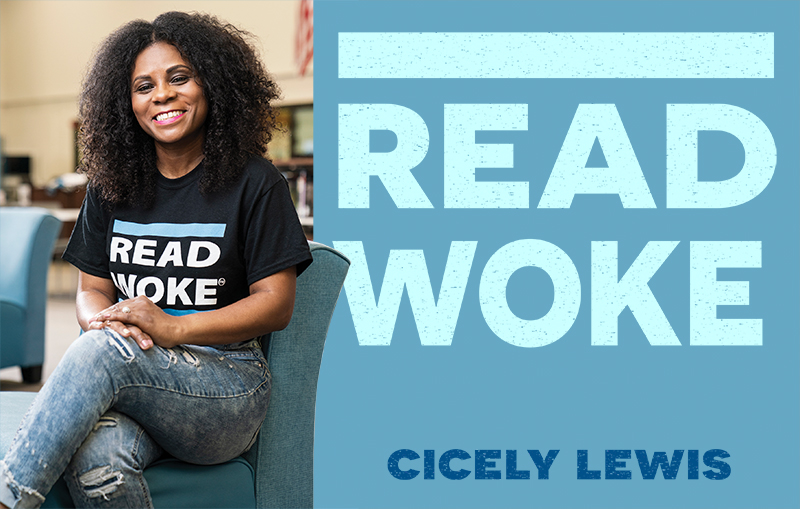Tiny Little Fly
 Book Review
Book Review
- Prediction in Paired Fiction and Nonfiction. When each animal is introduced, the reader sees only part of its body, and must predict what animal it is before the page turn reveals the answer. After reading Tiny Little Fly, read Steve Jenkins and Robin Page’s What Do You Do with a Tail Like This? and continue this practice of exploration and prediction. How do the illustrations in each book similarly support the reader’s ability to predict? How do they differ because of the text structure and genre?
- Class Big Book. Using Tiny Little Fly as a mentor text, write and illustrate a class book in which another small creature must confound a set of larger animals. Create the first confrontation as a class, to establish the language patterns. Next, have pairs of students come up with an animal that the smaller one can pester, and illustrate their interactions, making sure to model Waldron’s partial illustrations and shifting perspectives.
- Geography. Would an elephant, a hippo, and a tiger ever wind up in the same mud puddle? As a class, research the habitats of each animal, to find out where each live and if they interact safely.
- Emergent Literacy and Word Endings. The predictable patterned language in this text offers wonderful opportunities for emergent readers. When reading the book aloud, stop when Tiny Little Fly encounters each new creature. Using the end sound of the last word (toes, here, paws) and the picture clues provided, have students predict what word the author might use in the next two-page spread (nose, ear, claws). Cover the word with a sticky note, so that students can try out each suggestion; after several tries, reveal the actual word, if students haven’t already discovered it.
- Homonyms . Fly flies! Use this book in a refresher lesson on homonyms. How many other homonyms can students come up with? Put the list on the board, and see if students can separate word pairs into homophones and homographs. Have students find a homonym pair that they can storyboard into a short comic strip, using the text structure of Tiny Little Fly as a mentor text.
- Verbs. Michael Rosen uses great verbs in this text, such as tramp, settles, swoop, and snatch. How would the book read if he used more conventional words? Replace his verbs with ones more frequently used by your students, and read the book aloud. Next, read the original language. How does it change the impact of the text? Have students take a piece of writing that they are already working on, highlight key verbs, and have them help one another brainstorm more interesting choices.
- Trickster Tales. Fly serves as a trickster in this book, annoying each large animal and veering away just in time to escape capture. Explore books that have true trickster characteristics, and compare them to fly’s behavior. As students read different stories, have them keep notes on the characteristics of the various tricksters and the forms, animal and human, that they take. Are there any general characteristics that the students can apply to the trickster character across genres and cultures? Are those characteristics “true” or are they stereotypes? Does the trickster character in each story deserve that reputation, or can there be another explanation for the character’s behavior? Does the trickster ever face consequences for his or her behavior? Finally, who says that character is a trickster, and what does that say about who has power to determine what is a trickster characteristic and what isn’t?
- Big-Small Animal Stories. After reading Tiny Little Fly, read different versions of animal stories that pair large and small animals together. As students read different stories, have them keep notes on the characteristics of the small animals versus the large animals. Are there common traits that are applied to each across these stories? Why might be the origin of these common traits? Do they have any basis in science? Have students read several articles or nonfiction picture books on each animal they discover, and compare and contrast the real and the fictional characteristics of animal behavior. After completely their brief research, do they agree or disagree with the original characterizations?
Filed under: Fiction Picture Books, Picture Books
About Mary Ann Cappiello
Mary Ann is a professor of language and literacy at Lesley University. A former public school language arts and humanities teacher, she is a passionate advocate for and commentator on children’s books. Mary Ann is the co-author of Teaching with Text Sets (2013) and Teaching to Complexity (2015) and Text Sets in Action: Pathways Through Content Area Literacy (Stenhouse, 2021). She has been a guest on public radio and a consultant to public television. From 2015-2018, Mary Ann was a member of the National Council of Teachers of English's Orbis Pictus Award for Outstanding Nonfiction (K-8) Committee, serving two years as chair.
ADVERTISEMENT
ADVERTISEMENT
SLJ Blog Network
The Moral Dilemma of THE MONSTER AT THE END OF THIS BOOK
Cover Reveal and Q&A: The One and Only Googoosh with Azadeh Westergaard
Winnie-The-Pooh | Review
Parsing Religion in Public Schools
ADVERTISEMENT







I love your suggestions for teaching moments… I've put this on hold with my library and will try some of these with my girls! Love your reviews, Mary Ann!